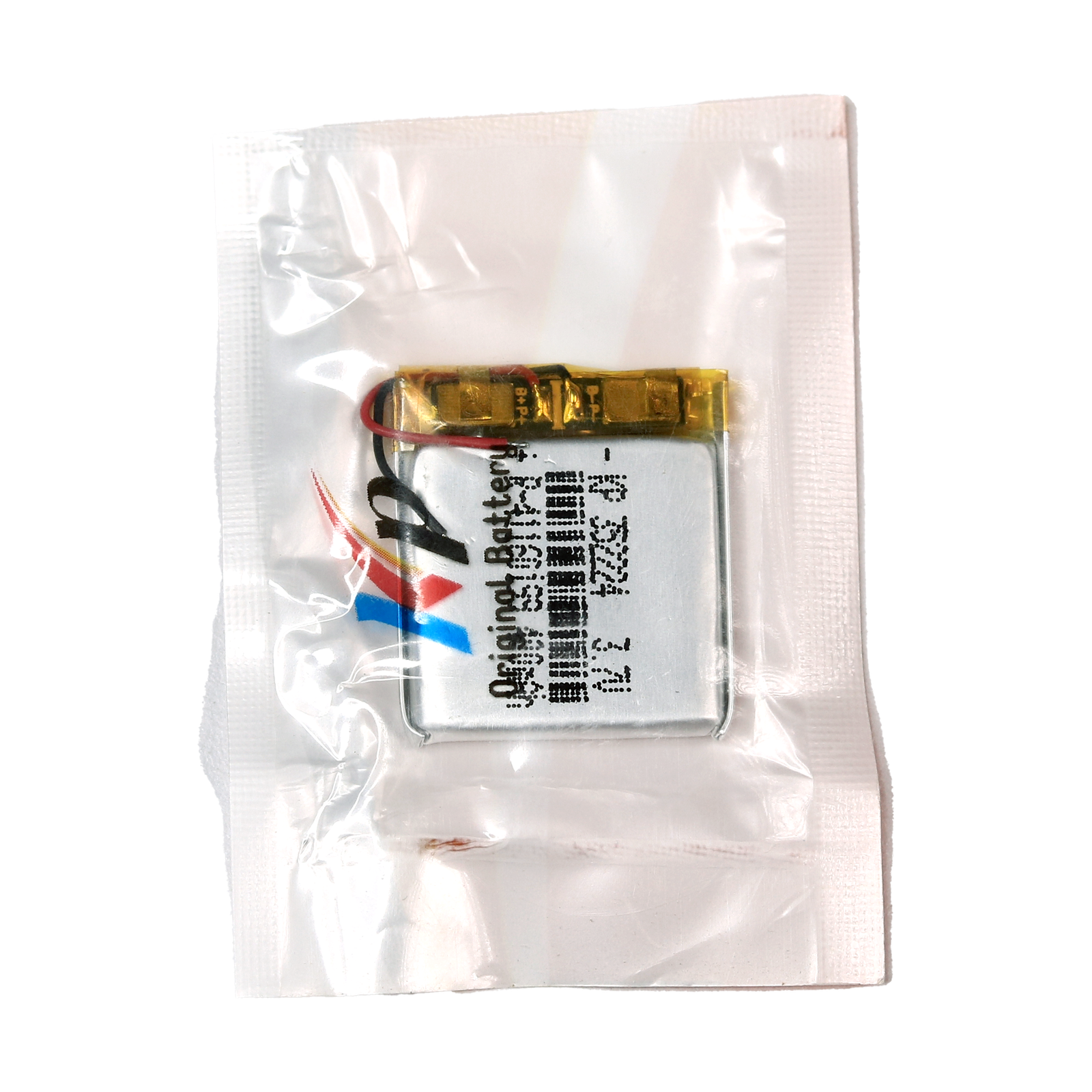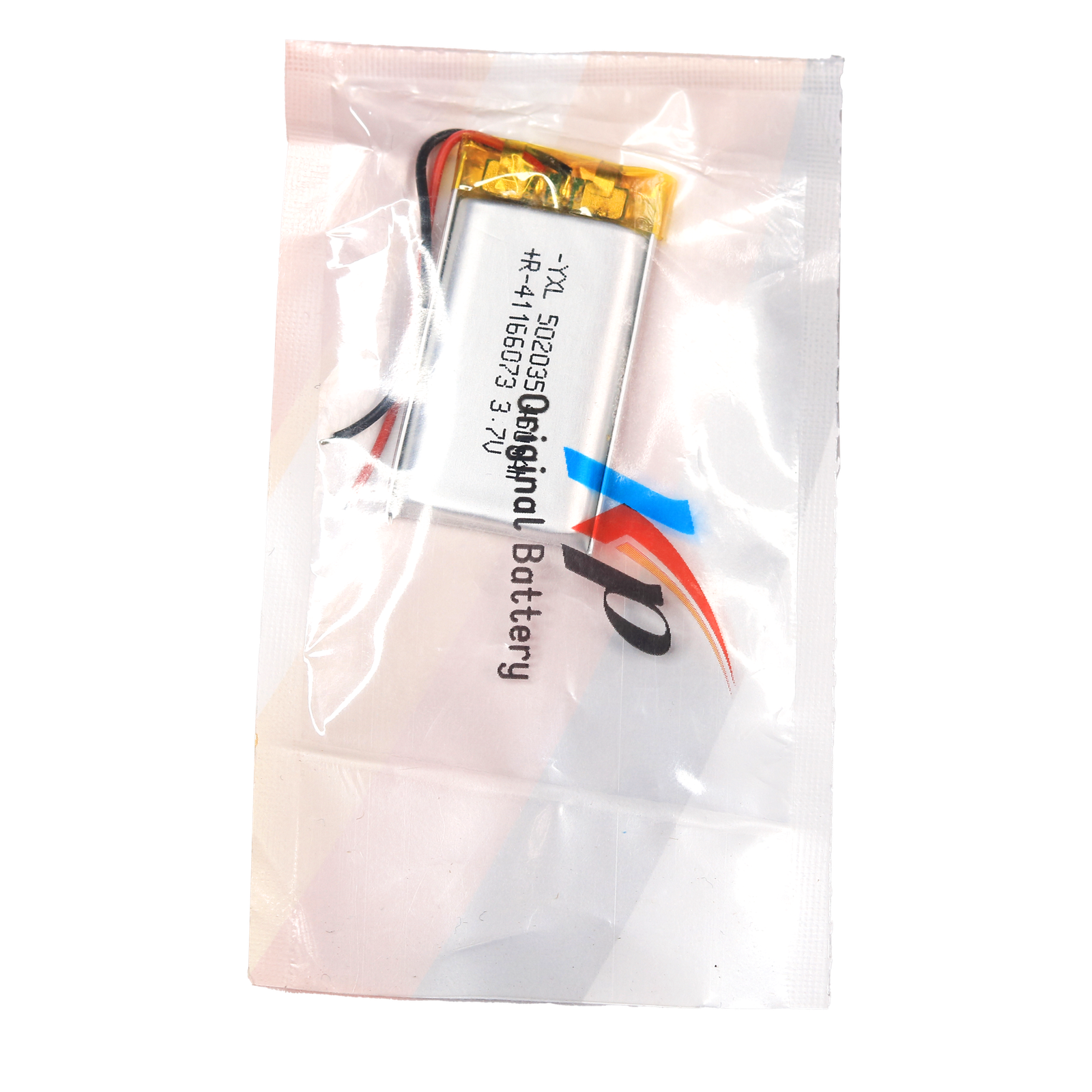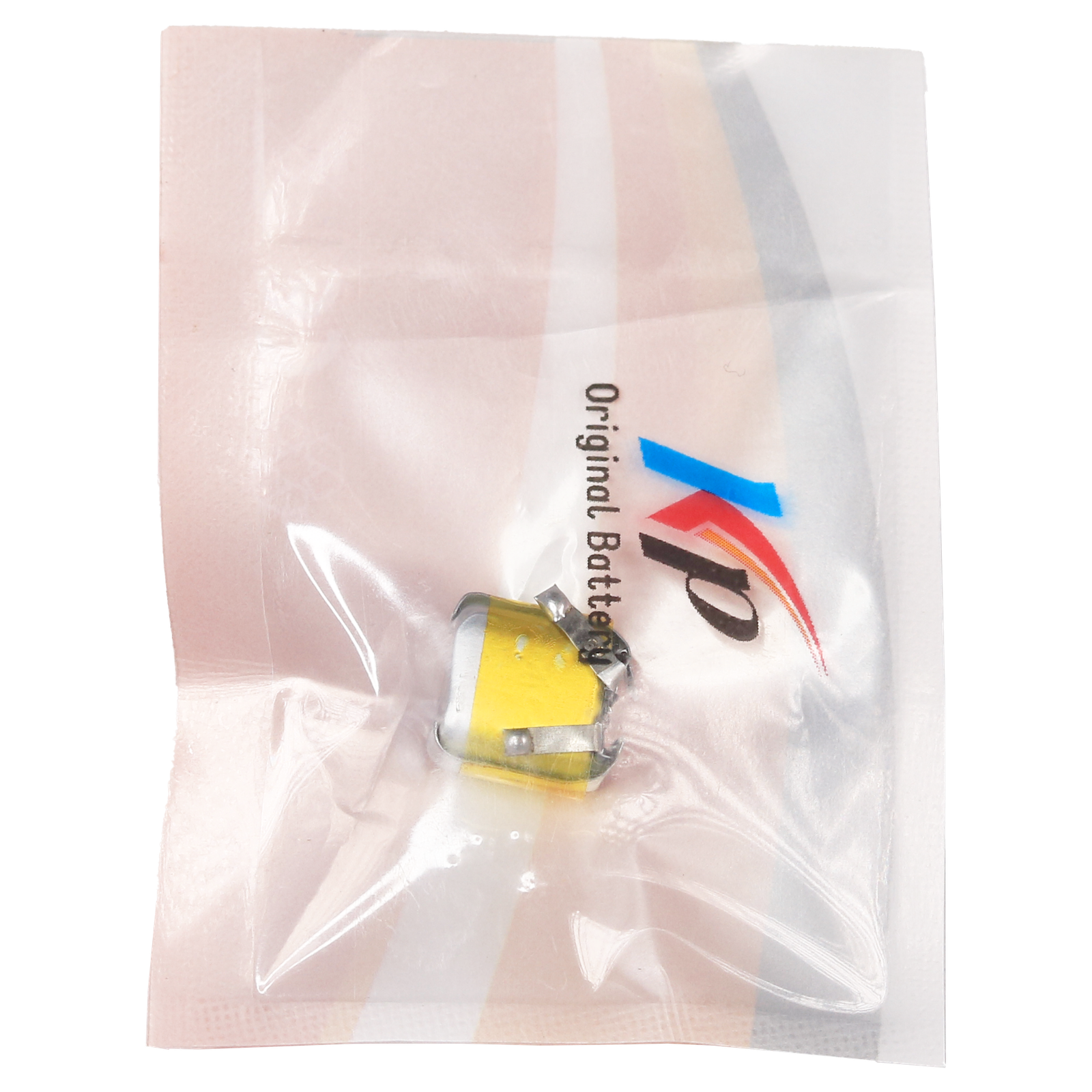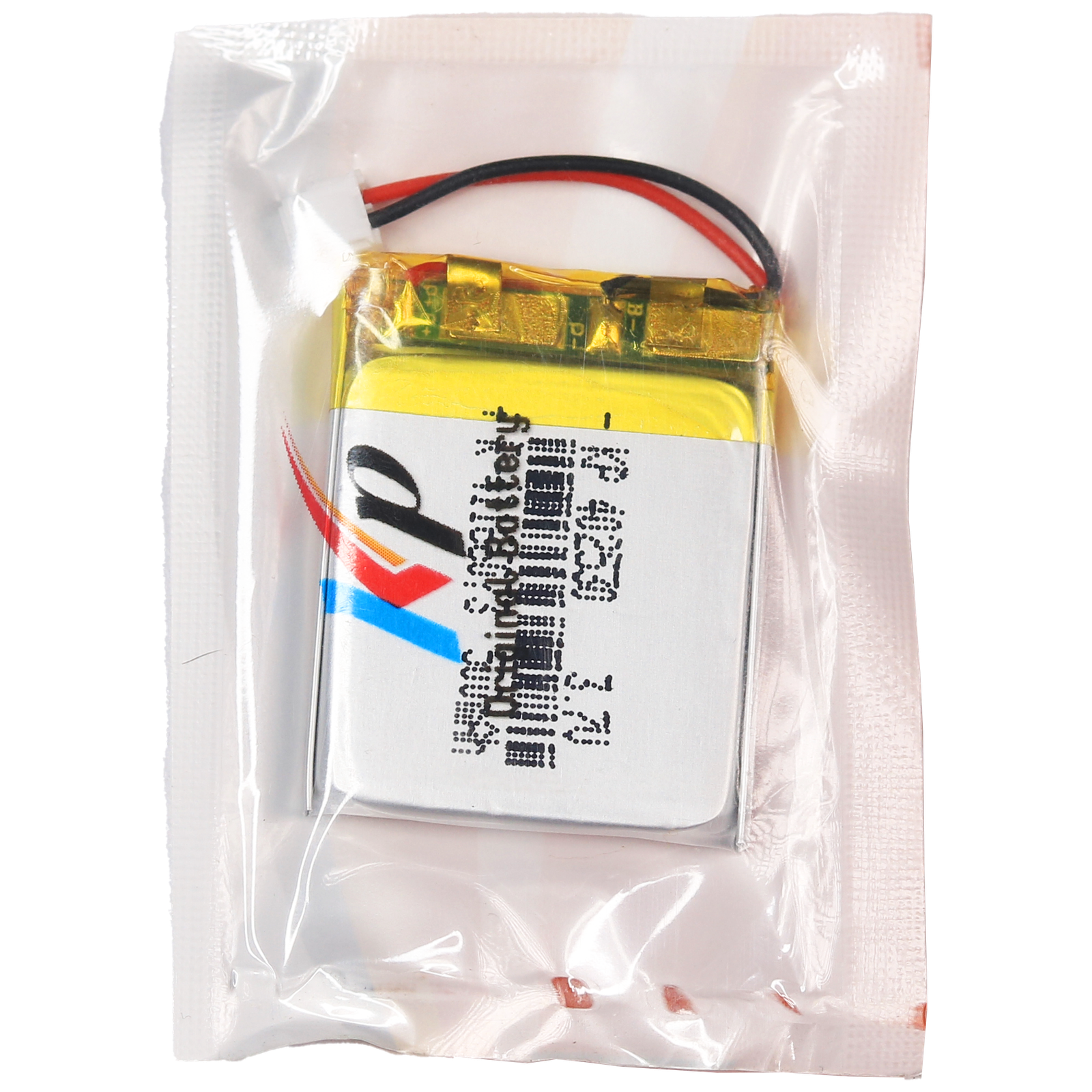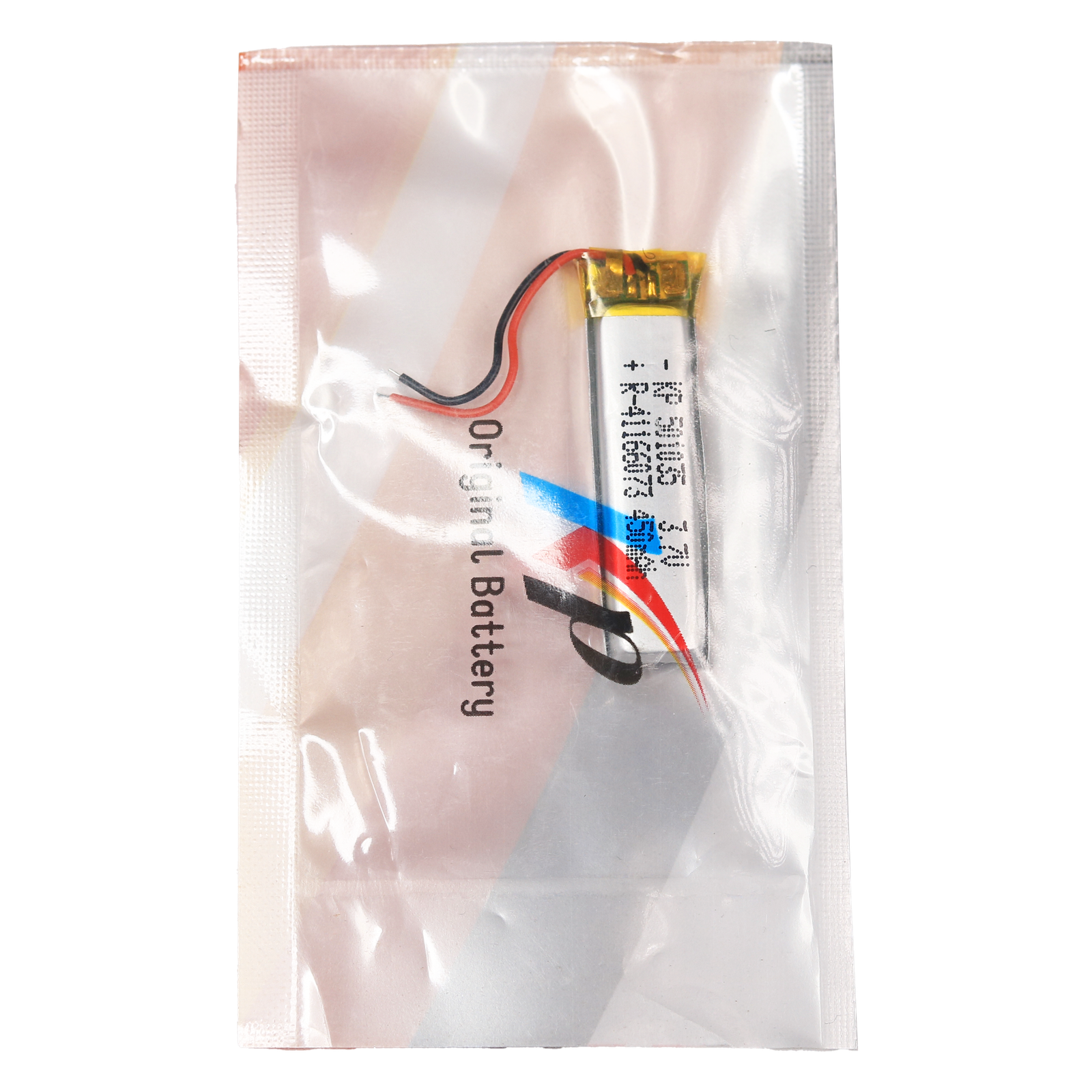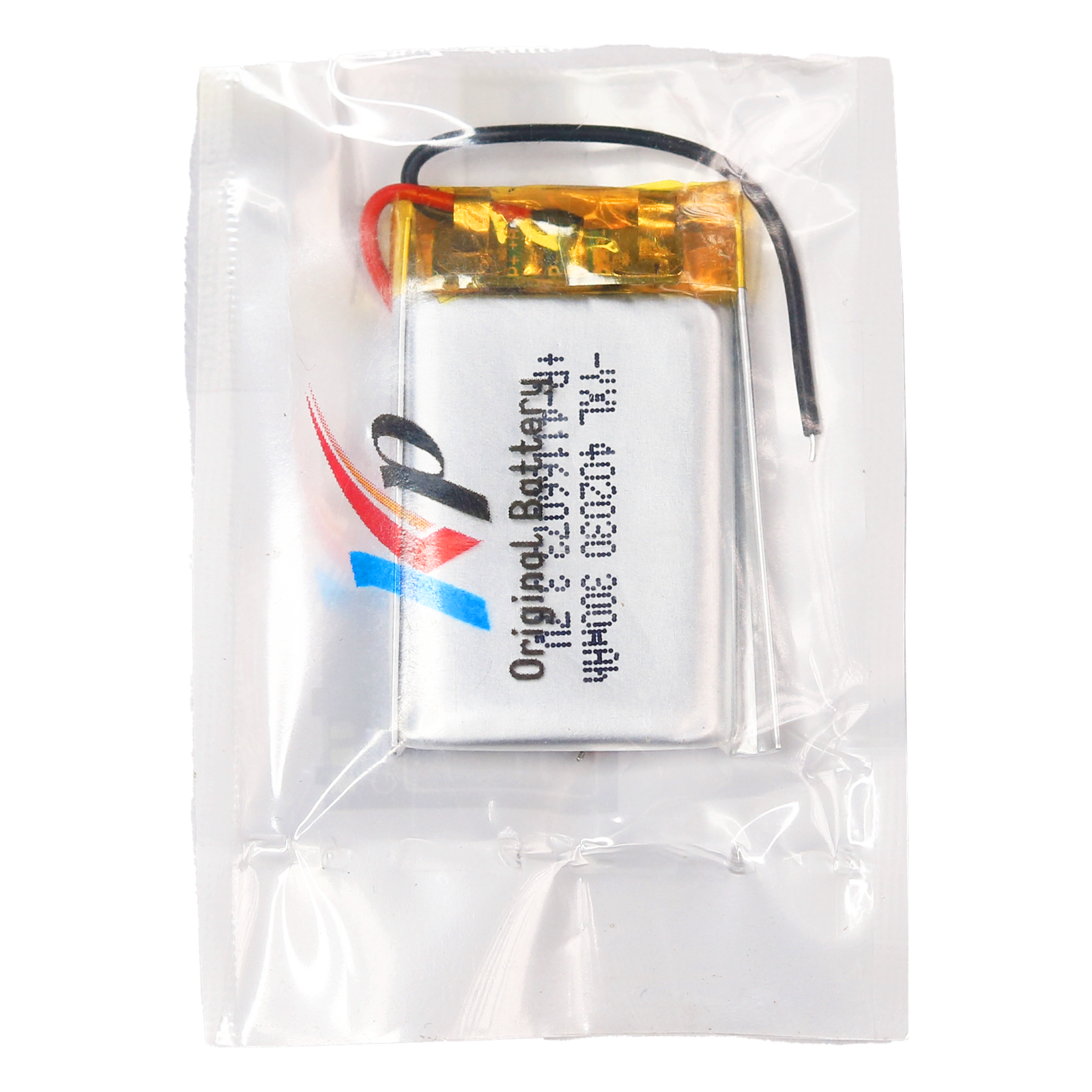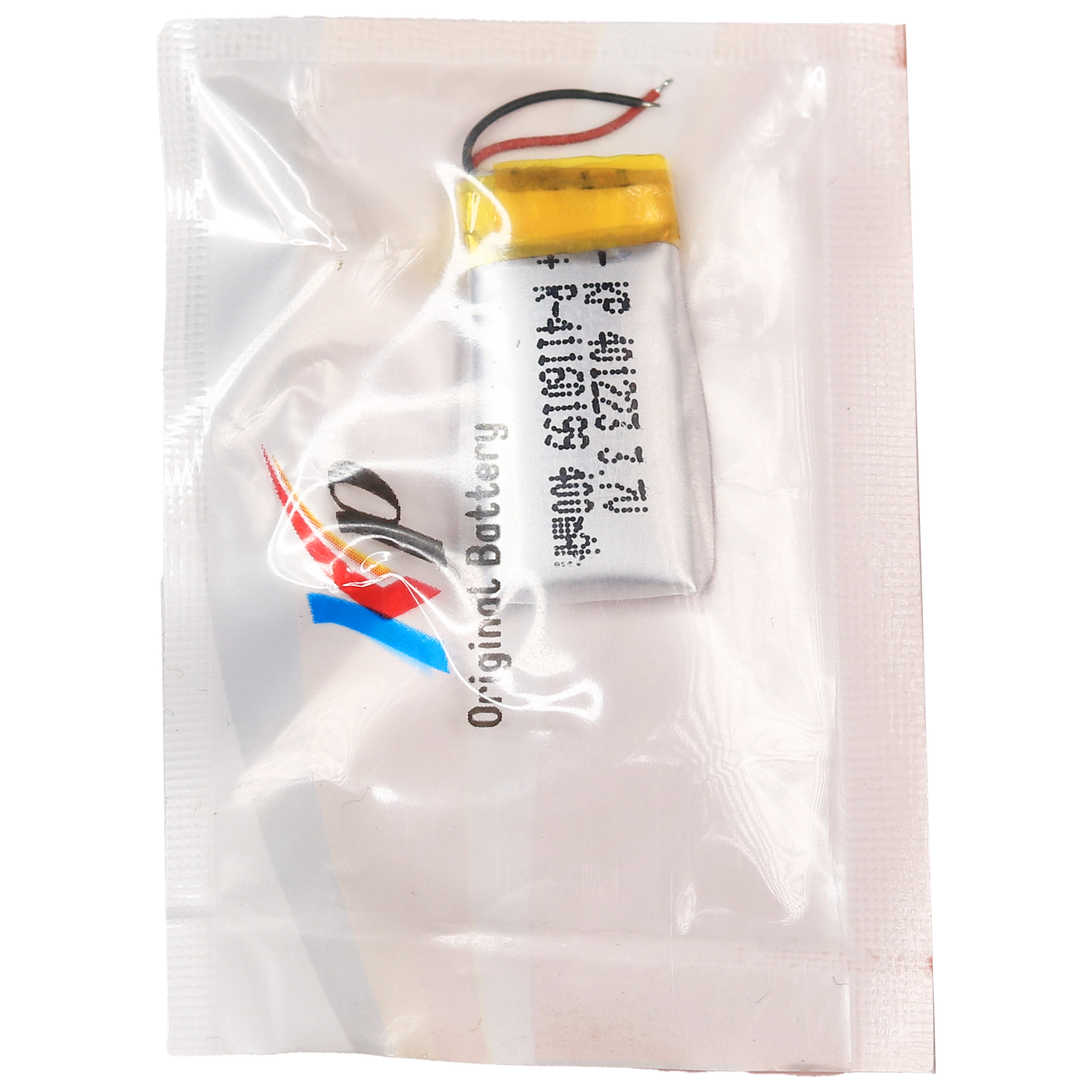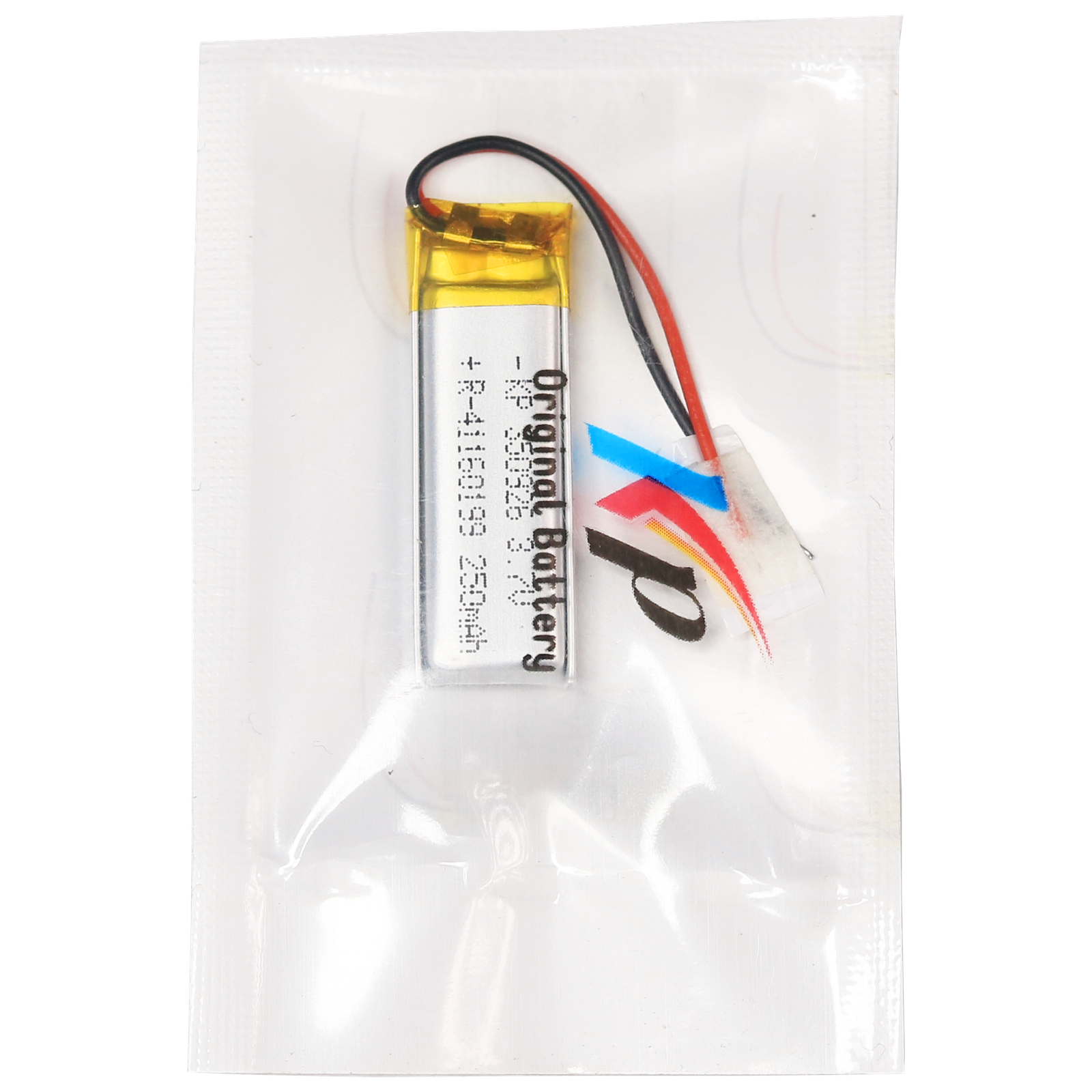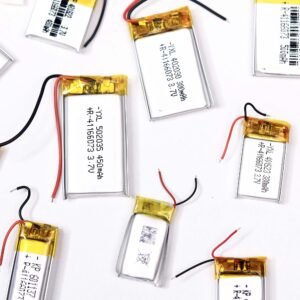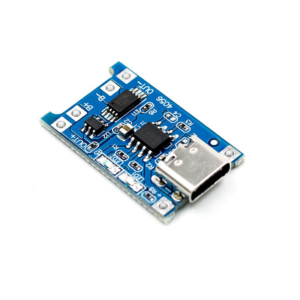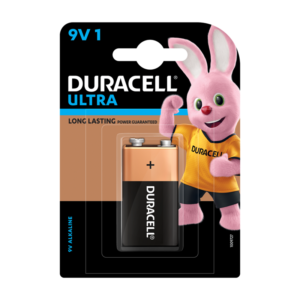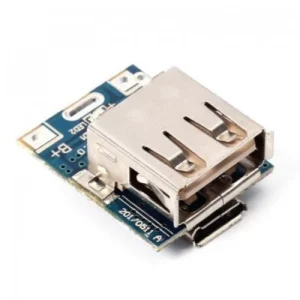KP Lithium Polymer Li-Po Battery (3.7V, Single-Cell) Best Quality
17 in stock
₹76.27 – ₹466.10
Compare-
Battery, Electronic Components, Miscellaneous components
TP4056 1A Li-Ion Battery Charging Board Micro USB with Current Protection Good Quality
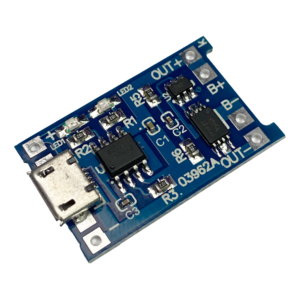 Battery, Electronic Components, Miscellaneous components
Battery, Electronic Components, Miscellaneous componentsTP4056 1A Li-Ion Battery Charging Board Micro USB with Current Protection Good Quality
- Dimension: 25 x 19 x 10 (LxWxH)mm.
- Input interface: micro USB.
- Current Protection: Yes
- Charging mode: Linear charging.
- Current: 1A adjustable.
- Charge precision: 1.5%.
- Input voltage: 4.5V-5.5V.
- Full charge voltage: 4.2V.
SKU: TAF4-008
1800We offer a wide range of single-cell Lithium ion polymer (also known as ‘lipo’ or ‘lipoly’) batteries, that are thin, light, and powerful. The output ranges from 4.2V when completely charged to 3.2V. While the nominal voltage of the battery remains at 3.7V, which is also a safe voltage to store the battery .
This Li-Po Battery have come with either a 2-pin JST-PH connector or “no connector” and include the necessary protection circuitry. The included protection circuitry keeps the battery voltage from going too high (over-charging) or low (over-use), which means that the battery will cut out when completely dead at 3.0V.
It will also protect against output shorts. However, even with this protection.
It is important to use a Li-Ion/LiPoly constant-voltage/constant-current charger to recharge at a rate of 2A or less (500mA is best).
These small Lithium Polymer Battery has increased their demands in this world of gadgets and IoT applications, considering these demands we are adding the range of these micro LiPo batteries in various sizes and capacities.
Lithium Polymer (Li-Po) batteries are a significant advancement in the realm of portable power sources, revolutionizing the way we power our gadgets, drones, electric vehicles, and more.
These lightweight, high-energy-density rechargeable batteries have become indispensable in our modern world, providing the energy needed to keep our devices running efficiently.
Key Characteristics of Li-Po Battery:
- High Energy Density: Li-Po Battery offer an exceptional energy-to-weight ratio, making them perfect for applications where lightweight and compact power sources are essential. This high energy density ensures longer runtimes for electronic devices while maintaining a slim and lightweight profile.
- Versatility: Li-Po batteries come in various shapes and sizes, allowing them to be tailored to fit specific devices and applications. This versatility makes them suitable for a wide range of electronics, from smartphones to remote-controlled toys.
- Rapid Charging: Li-Po batteries can be charged quickly, saving users valuable time. This feature is especially beneficial for devices that require frequent recharging or for those on the go.
- Low Self-Discharge Rate: Li-Po batteries have a relatively low self-discharge rate compared to other battery types, which means they retain their charge for more extended periods when not in use. This makes them reliable for devices that may sit idle for weeks or even months between uses.
Applications of Li-Po Battery:
- Consumer Electronics: Li-Po batteries power a vast array of consumer electronics, including smartphones, tablets, laptops, and wearables. Their high energy density and lightweight design make them ideal for portable devices, ensuring extended usage between charges.
- Remote-Controlled Devices: Hobbyists and enthusiasts favor Li-Po batteries for remote-controlled vehicles, drones, and aircraft. Their high discharge rates and quick recharge times provide the burst of power needed for rapid acceleration and precise control.
- Electric Vehicles: Li-Po batteries are gaining popularity in electric vehicles (EVs) due to their energy density and fast-charging capabilities. They offer a compelling alternative to traditional internal combustion engines, helping reduce carbon emissions and promote sustainability.
- Aerospace and Aerospace Applications: Li-Po batteries are used in aerospace applications, including satellites and spacecraft. Their lightweight design and ability to provide power over extended periods in the vacuum of space make them invaluable for space missions.
Conclusion:
Li-Po batteries have transformed the way we power our electronic devices, offering a combination of high energy density, rapid charging, and lightweight design. As technology continues to advance, Li-Po batteries are likely to play an even more prominent role in powering a wide range of applications, from our everyday gadgets to sustainable electric transportation. Their versatility and efficiency make them a cornerstone of modern portable power solutions, contributing to a more connected and sustainable future.
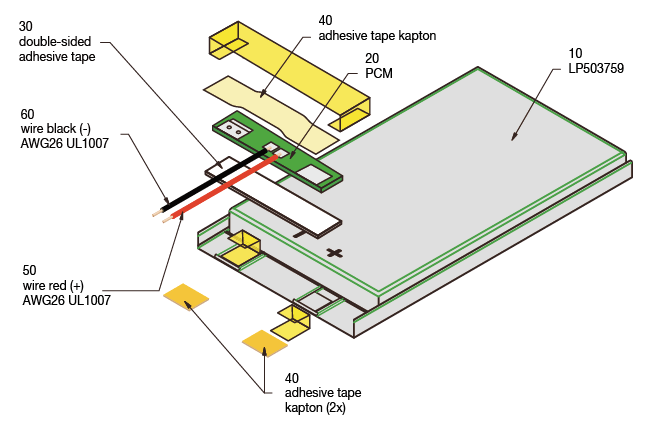
Explore the category and find the best-suited one for your project.
Note:
- Images may vary from the actual product in terms of color, size
- Also You Can Charge It Using TP4056 Charging Module
- Also You can refer this Guide to use Li-Po Battery.
Applications of Li-Po Battery:
- Electronics Gadgets
- IoT Applications
- Portable devices
- Wireless devices
- Electronic Toys
Precautions for using Li-Po Battery:
- Do not store Li-Po batteries in extreme temperatures below 0C or above 50C
- Always disconnect Batteries when not in use and store batteries in a non-conductive and fireproof container
- Never expose Batteries to extreme temperatures or direct sunlight
- Never charge a battery that is still warm after usage, and never use a battery that is stillBAT warm from charging
Features of Li-Po Battery:
- Lightweight, low mold opening cost, and high safety
- Low self-discharge rate
- These batteries are PCM Protected
- No memory effect and a slow loss of charge when not in use
- A small Li-Po Battery is the rechargeable battery
- Good charging and discharging characteristics
- It offers high capacity and hence can be used to hold more power
- Long cycle life
| Weight | N/A |
|---|---|
| Dimensions | N/A |
| Battery Capacity | 250mAh, 300mAh, 380mAh, 400mAH, 400mAh-1, 400mAh-2, 400mAh-3, 450mAH, 450mAh-1, 480mAh, 500mAH, HT20, HT20 28mAh, 1000 mAh-1, 1000mAh, 1200mAh, 250mAH-1, 400mAh-4, 400mAh-5, 400mAh-6, 400mAh-7, 430mAh, 500mAh Drone Battery, 500mAH-1, 500mAh-2, 500mAh-3, 500mAh-4, 500mAh-5, 500mAh-6, 800mAh Battery, Earbuds Battery |
| HSN Code | 85065000 |



